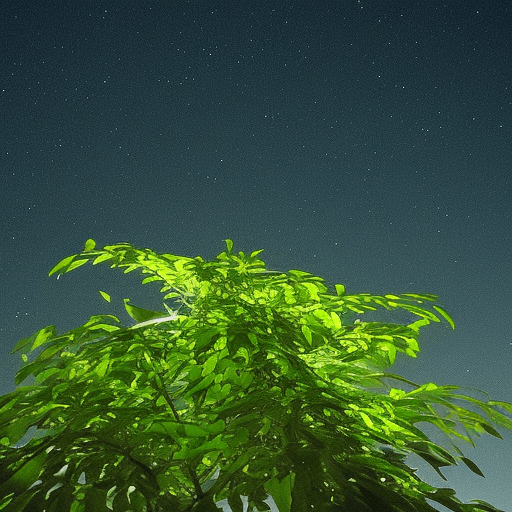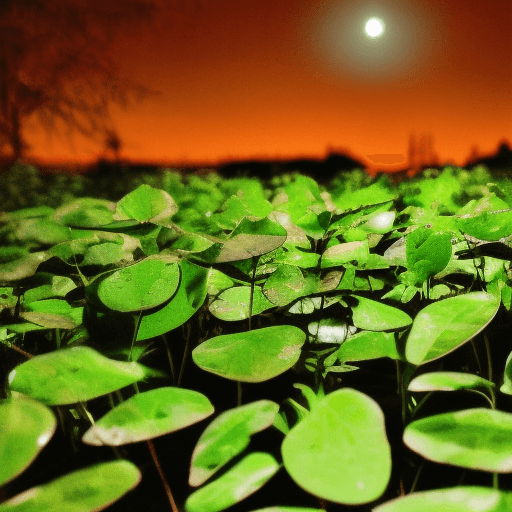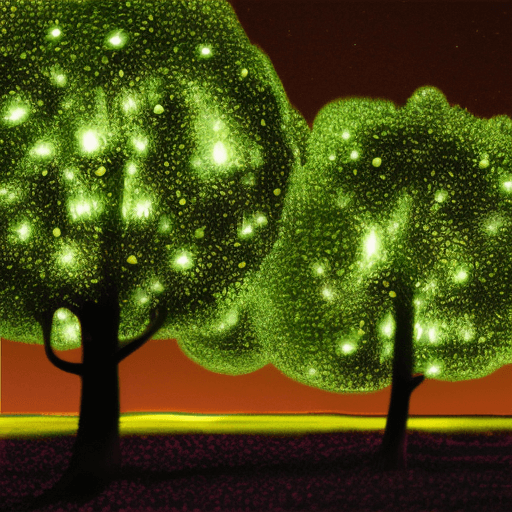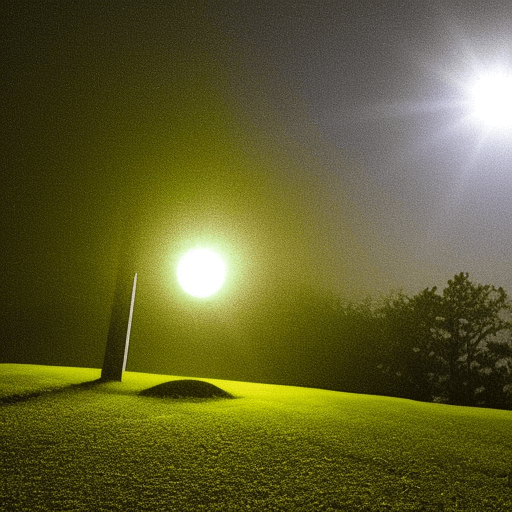Can photosynthesis occur in the dark?
Photosynthesis is the process that helps plants create glucose from sunlight and carbon dioxide.
This is an essential process for plant growth and survival.
However, what happens if there is no sunlight?
Can photosynthesis still occur even if it’s dark out?

Photosynthesis can occur in the dark, but it is a much slower process.
Explain it to a child
It is true that plants need light to produce energy, but the process of photosynthesis can also occur in the dark.
This is because plants are able to store energy in the form of carbohydrates.
They can then use this stored energy for respiration.
In the darkness, the photosynthetic cells use an alternative pathway to produce organic molecules from carbon dioxide and water.
This process is called the “dark reaction” or “light-independent reaction.”
Can photosynthesis occur in the dark?

It is true that plants need light to produce energy, the process of photosynthesis can actually occur in the dark.
This is because plants are able to store energy in the form of carbohydrates, which they can then use for respiration.
In fact, some plants are specifically adapted to grow in low-light conditions.
For example, many fungi and algae are able to carry out photosynthesis using moonlight or even artificial light.
So while photosynthesis does require light, it does not necessarily need sunlight.
Which photosynthesis can occur at night?
While most plants rely on sunlight to power the process of photosynthesis, there are a few exceptions.

- Certain types of algae and bacteria are able to photosynthesize using different light-sensitive pigments, allowing them to thrive in environments with little or no sunlight.
- One such pigment is bacteriorhodopsin, which is found in purple bacteria.
These bacteria are able to absorb light from the far red end of the spectrum, allowing them to photosynthesize even in deep water where sunlight is scarce.
- As a result, purple bacteria play an important role in the global carbon cycle, helping to convert atmospheric CO2 into oxygen.
- Similarly, certain types of algae use a pigment called phycobilin to absorb light from the blue end of the spectrum.
- This allows them to photosynthesize in shallow water or even under fluorescent lights, making them a common sight in aquariums and ponds.
Though they may not be as familiar as green plants, these pigment-powered photosynthesizers play a vital role in keeping our planet green.
What happens during photosynthesis in the dark?

Photosynthesis is the process that produces organic molecules from simple inorganic molecules from the sun’s energy.
In photosynthesis, light energy creates electrons that combine with carbon dioxide and water to form glucose.
Glucose is then used by plants to create new organic molecules such as cellulose, which makes up plant cell walls.
Dark reactions, or Calvin Cycle, fix carbon atoms by incorporating them into an organic molecule, such as glucose.
The dark reactions do not require light, but they do need the energy that was stored during the light reactions.
Dark reactions can occur in the light or in the dark, but they are usually much slower in the dark.
Photosynthesis is the process that produces organic molecules from simple inorganic molecules from the sun’s energy.
- However, how does this process occur without light?
- It turns out that there are a few ways. One way is by using a molecule called bacteriochlorophyll, which is found in certain bacteria.
- These bacteria are able to absorb infrared light, which allows them to photosynthesize even in low-light conditions.
- Another way is by using specialized proteins called cryptochromes.
- Cryptochromes are found in plants and animals, and they help to absorb ultraviolet light.
This allows plants to photosynthesize even in dim lighting conditions.
Finally, some plants are able to use a process called chemosynthesis, which uses chemical energy instead of sunlight to produce organic molecules.
While all of these methods are different, they allow plants to photosynthesize without the need for strong sunlight.
Pros and cons of photosynthesis occurring in the dark
Photosynthesis is the process that produces organic molecules from simple inorganic molecules from the sun’s energy.
- This process usually occurs in the chloroplasts of green leaves during the day.
- However, there are some bacteria and algae that can do photosynthesis in the dark. One advantage of this is that these organisms can live in deep sea vents where there is no sunlight.
- Another advantage is that since these organisms don’t rely on sunlight for energy, they are not affected by changes in the daylight cycle.
Some disadvantages of photosynthesis occurring in the dark are that it is less efficient than regular photosynthesis and that it produces less oxygen.
As a result, photosynthesis can occur in both light and dark environments.
Article Sources
Jacks of Science sources the most authoritative, trustworthy, and highly recognized institutions for our article research. Learn more about our Editorial Teams process and diligence in verifying the accuracy of every article we publish.
